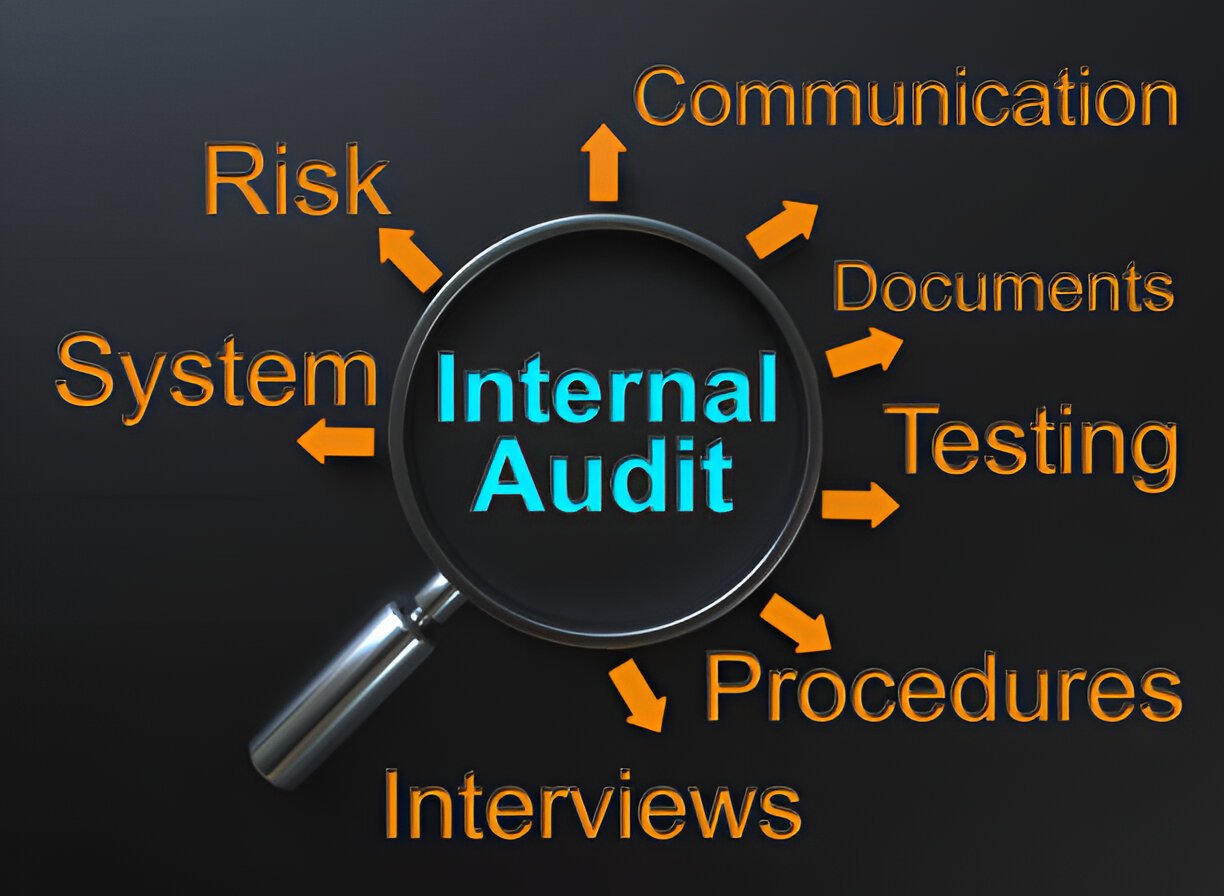Internal audit plays a pivotal role in modern organizations, serving as the backbone of governance and risk management. As businesses navigate complex regulatory landscapes and operational uncertainties, a robust internal audit function ensures transparency, accountability, and strategic decision-making. In this article, I explore how internal audit strengthens governance frameworks, mitigates risks, and adds value to organizations. I also delve into mathematical models that quantify risk exposure and audit effectiveness.
Table of Contents
The Role of Internal Audit in Corporate Governance
Corporate governance relies on checks and balances to align stakeholder interests with organizational objectives. Internal audit provides independent assurance that governance mechanisms function as intended. Unlike external auditors who focus on financial statements, internal auditors assess operational efficiency, compliance, and risk management processes.
The Institute of Internal Auditors (IIA) defines internal audit as:
“An independent, objective assurance and consulting activity designed to add value and improve an organization’s operations.”
Key Governance Functions of Internal Audit
- Risk Identification & Mitigation – Internal auditors evaluate risks across business units, ensuring management takes corrective actions.
- Compliance Monitoring – They verify adherence to laws, regulations, and internal policies.
- Fraud Detection – By analyzing transactional data, auditors uncover anomalies that may indicate fraud.
- Process Optimization – Auditors recommend efficiency improvements, reducing waste and redundancies.
The Intersection of Internal Audit and Risk Management
Risk management and internal audit are interdependent. While risk managers identify and assess risks, internal auditors validate whether mitigation strategies work. A well-structured audit plan aligns with the organization’s risk appetite.
Quantifying Risk Exposure
Risk exposure can be modeled using probability distributions. For instance, if a company faces operational risks, we can estimate potential losses using:
E(L) = \sum_{i=1}^{n} P_i \times L_iWhere:
- E(L) = Expected loss
- P_i = Probability of risk event i
- L_i = Financial impact of risk event i
Example: A manufacturing firm identifies a 10% chance of a supply chain disruption costing $500,000. The expected loss is:
E(L) = 0.10 \times \$500,000 = \$50,000Risk Appetite vs. Audit Coverage
Organizations must balance risk-taking with control mechanisms. The table below illustrates how audit frequency adjusts based on risk severity.
| Risk Level | Audit Frequency | Key Controls Reviewed |
|---|---|---|
| High | Quarterly | Fraud checks, Compliance |
| Medium | Bi-annually | Process efficiency |
| Low | Annually | Policy adherence |
Internal Audit Methodologies
Auditors use structured approaches to evaluate controls. Common methodologies include:
1. Risk-Based Auditing
Audit efforts focus on high-risk areas. The risk score (R) can be calculated as:
R = \text{Likelihood} \times \text{Impact}2. Continuous Auditing
Automated tools monitor transactions in real-time, flagging anomalies. For example, an AI-driven system detects duplicate payments by comparing vendor invoices.
3. Control Self-Assessment (CSA)
Department heads evaluate their own controls before auditors step in. This fosters accountability and reduces audit fatigue.
The Impact of Technology on Internal Audit
Digital transformation reshapes audit practices. Data analytics, AI, and blockchain enhance audit accuracy and efficiency.
Data Analytics in Fraud Detection
Auditors use Benford’s Law to detect anomalies in financial data. The law states that in naturally occurring datasets, the leading digit d follows a logarithmic distribution:
P(d) = \log_{10}\left(1 + \frac{1}{d}\right)If actual data deviates significantly, it may indicate manipulation.
Challenges in Modern Internal Auditing
Despite its benefits, internal audit faces hurdles:
- Resource Constraints – Many firms underfund audit departments, limiting scope.
- Regulatory Complexity – Evolving laws (e.g., SOX, GDPR) demand constant upskilling.
- Cybersecurity Risks – Auditors must assess IT vulnerabilities without deep technical expertise.
Best Practices for Effective Internal Audits
- Align with Strategic Goals – Audit plans should support business objectives.
- Leverage Technology – Use AI for predictive risk modeling.
- Enhance Stakeholder Communication – Present findings in actionable formats.
Conclusion
Internal audit is more than a compliance exercise—it’s a strategic enabler. By integrating risk-based methodologies and advanced analytics, organizations fortify governance and preempt disruptions. As regulations tighten and risks evolve, a proactive audit function will separate resilient enterprises from vulnerable ones.





